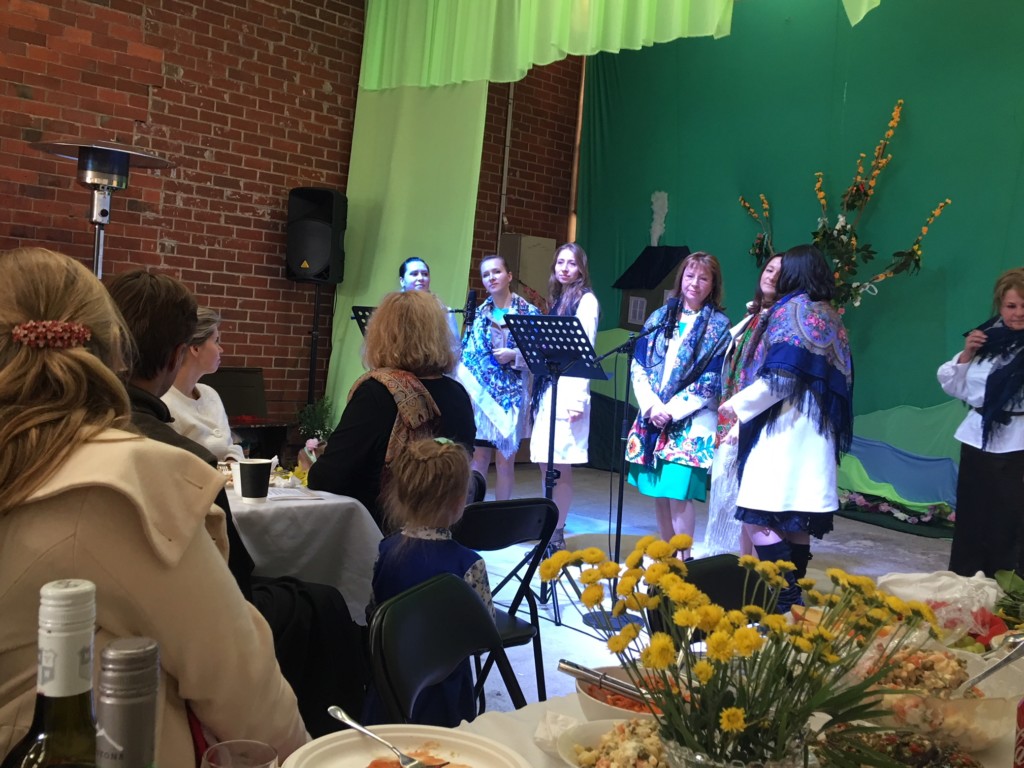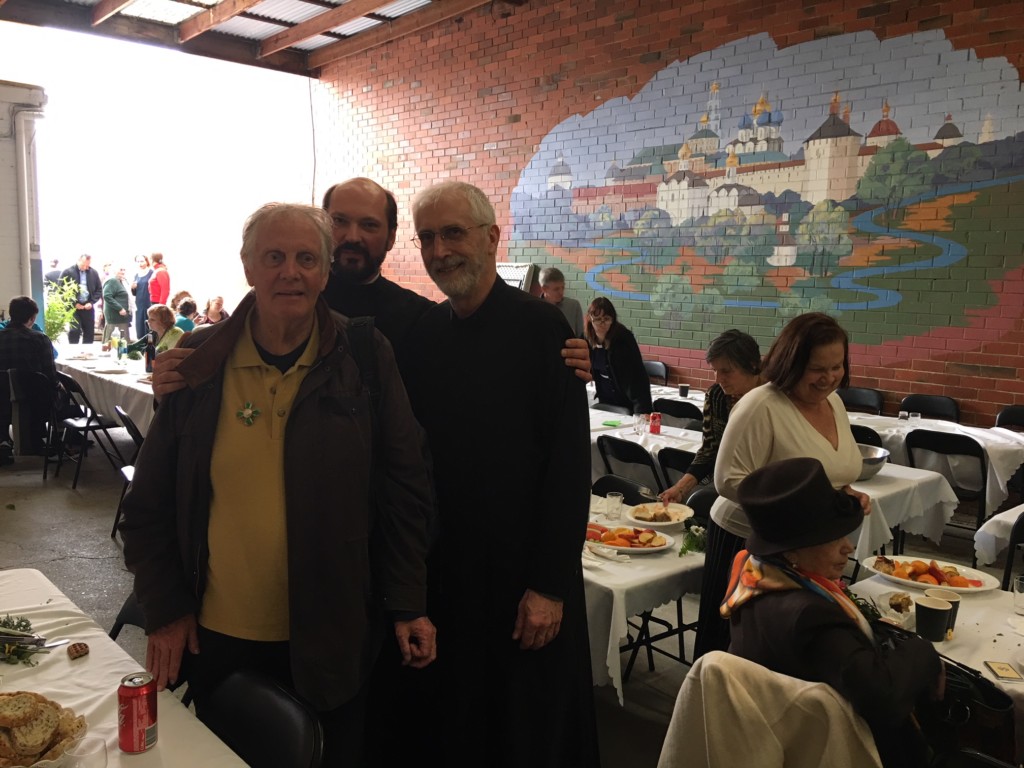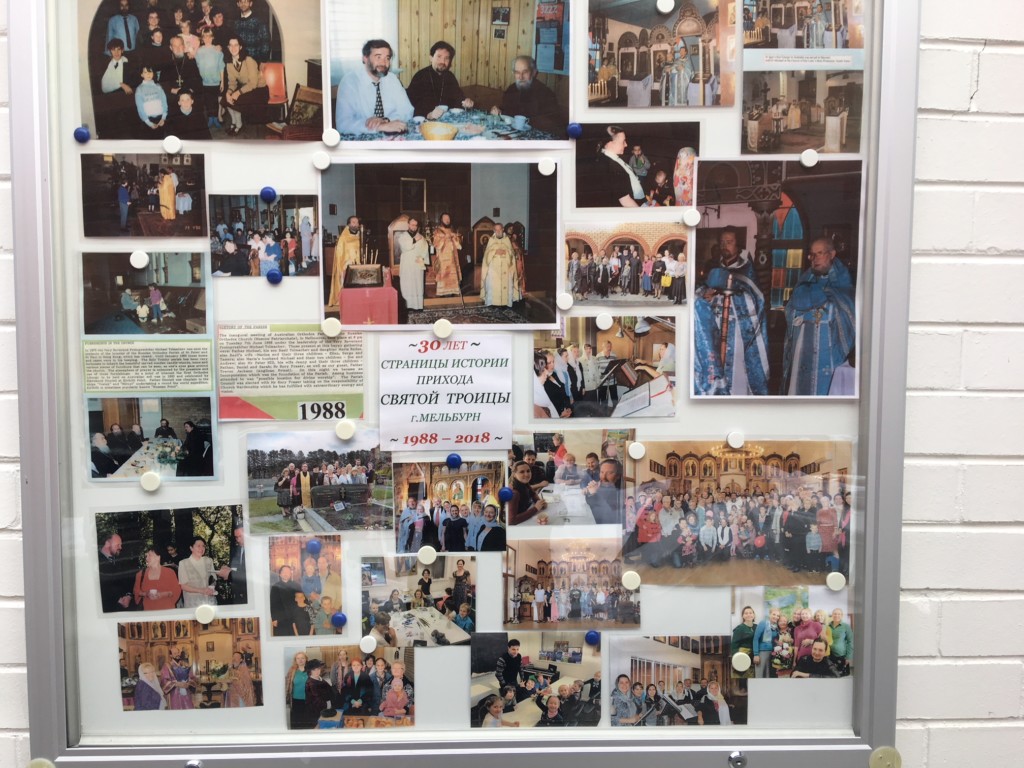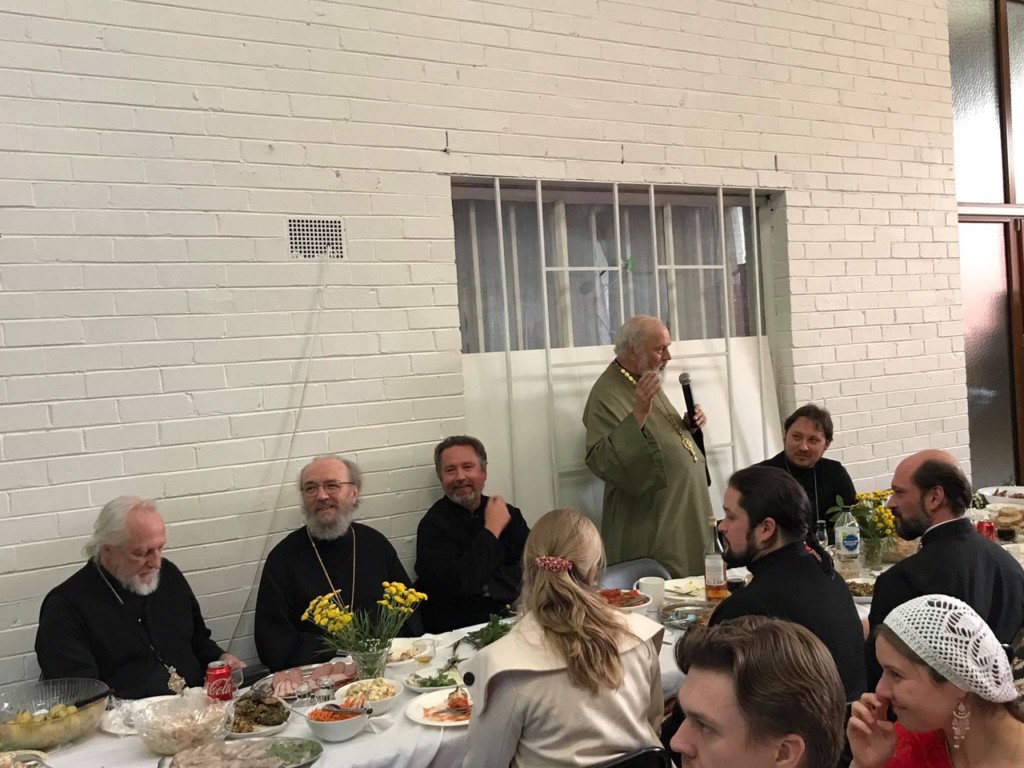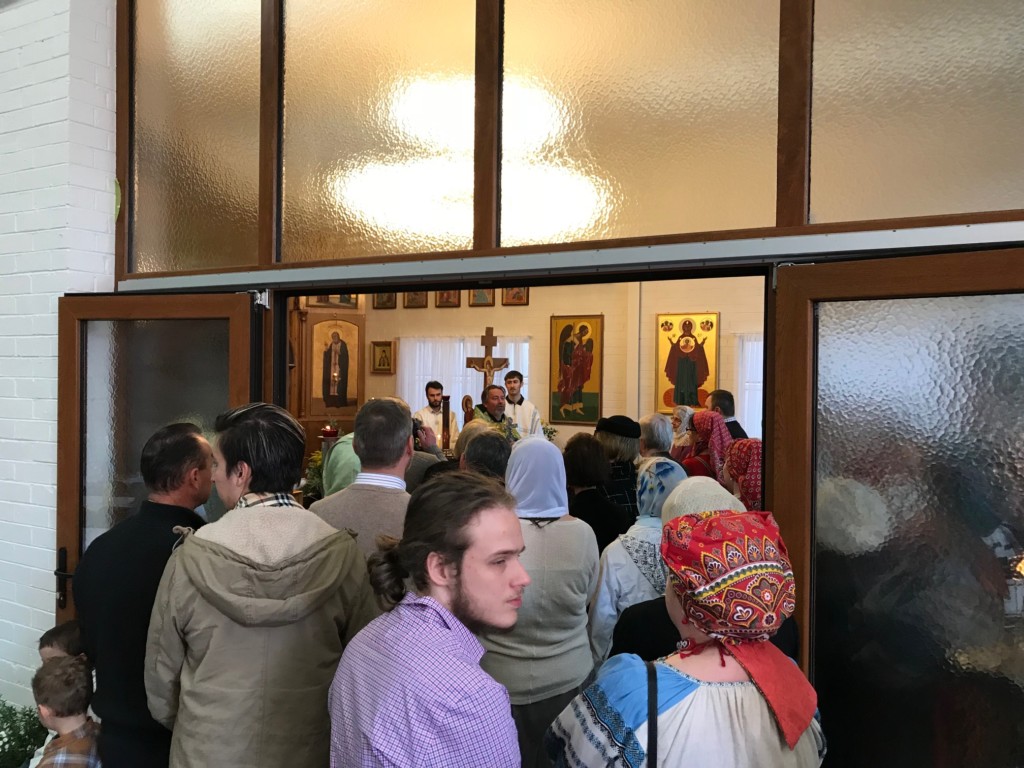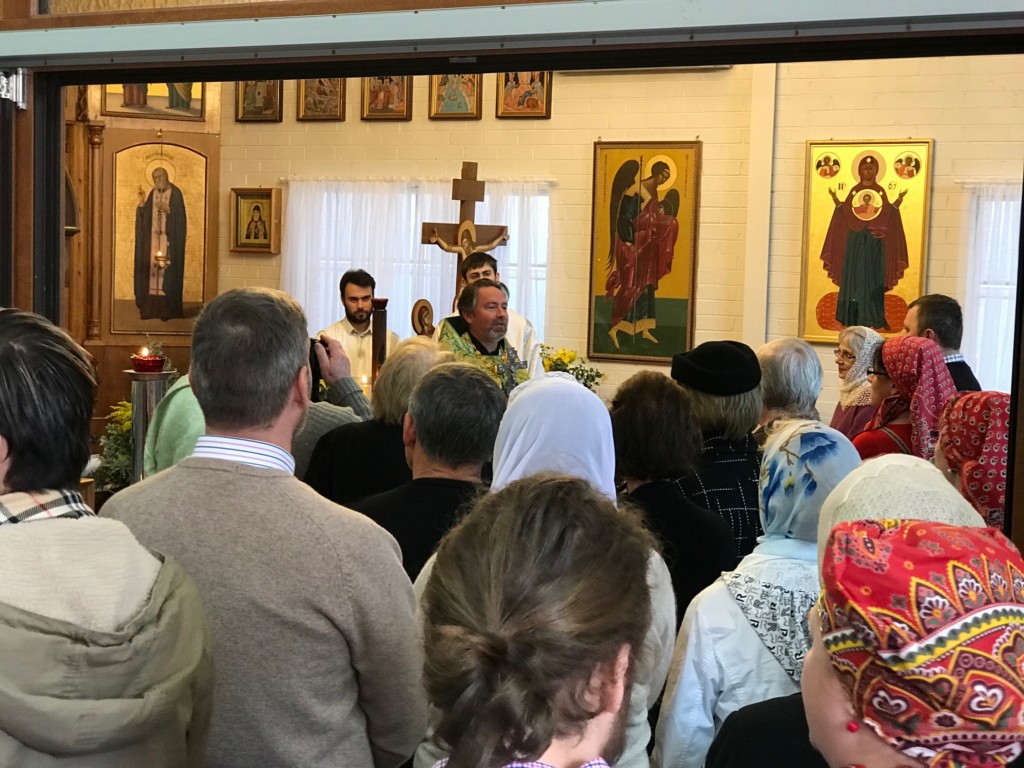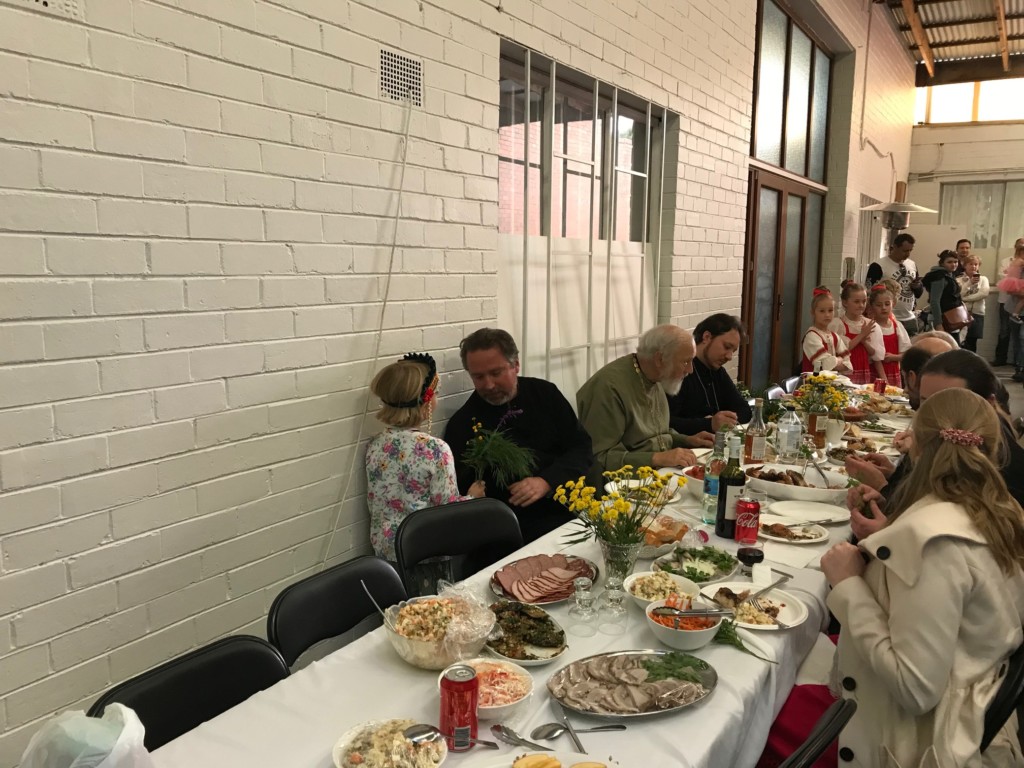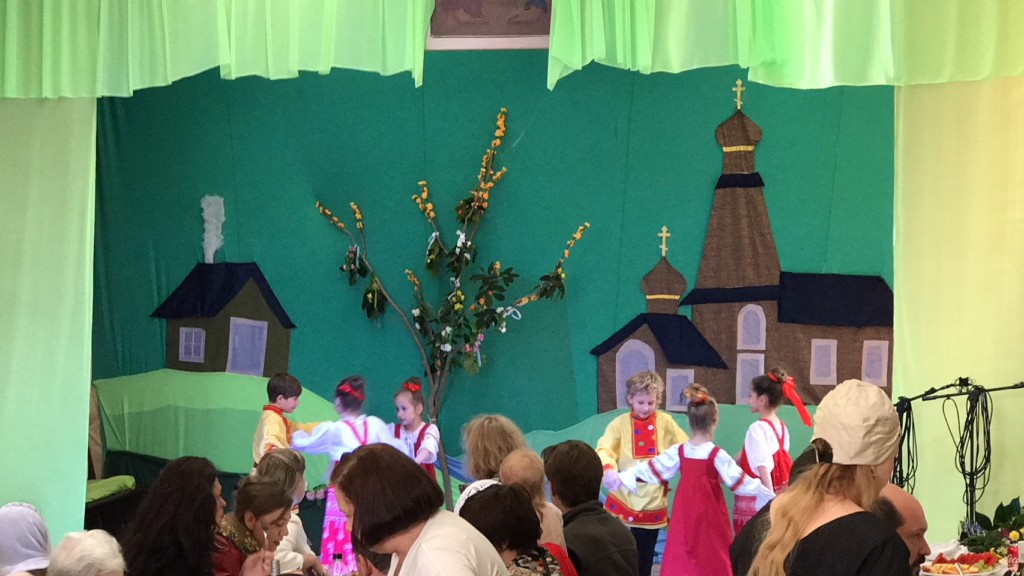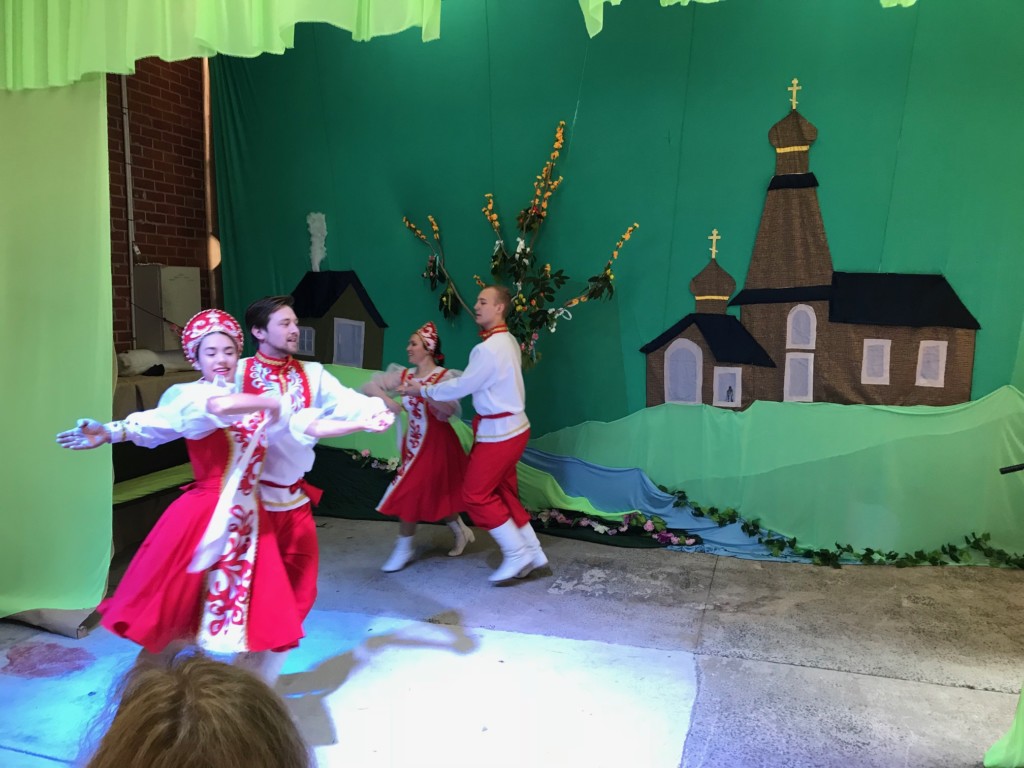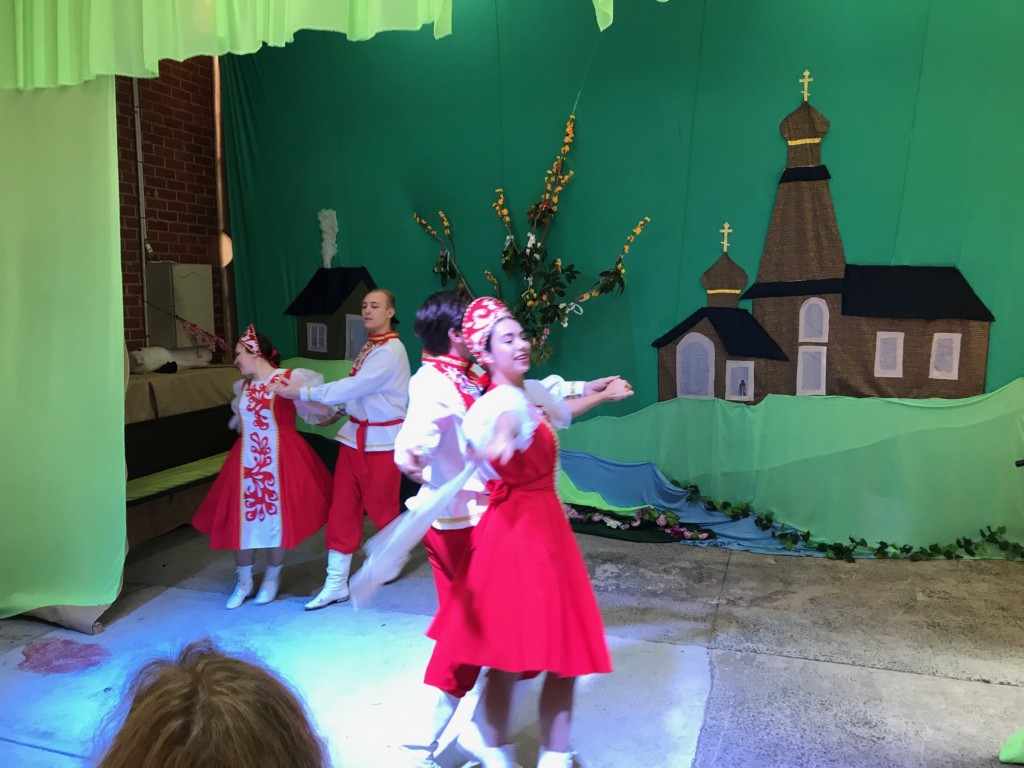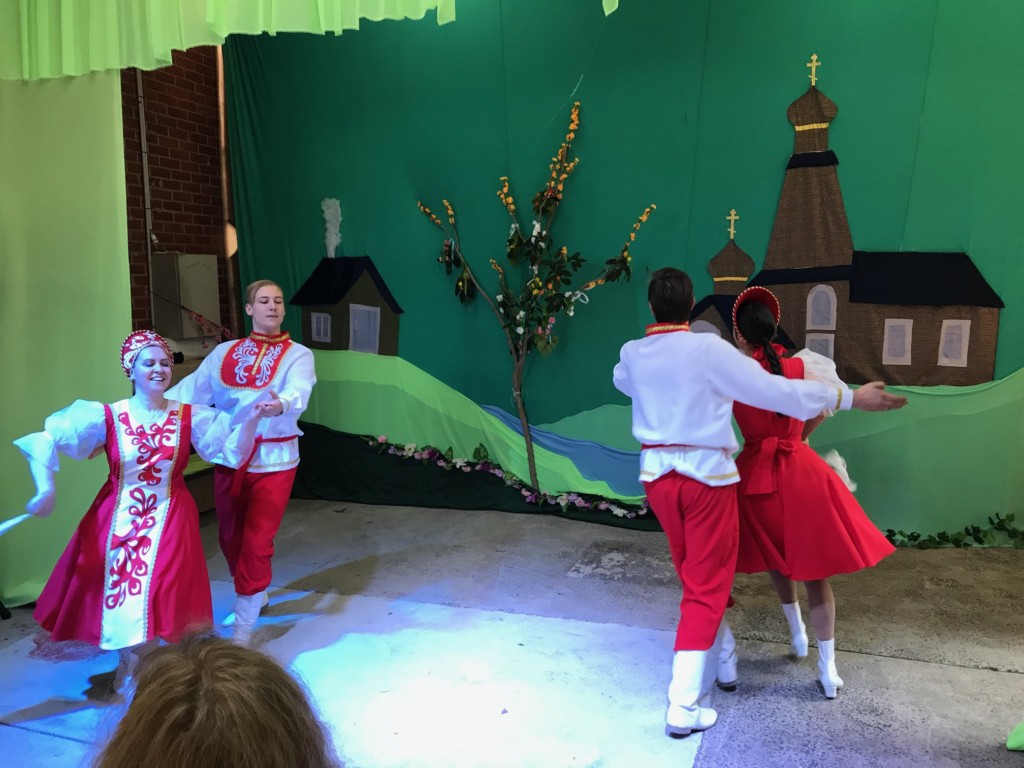12th Sunday After Pentecost – The Holy Transfiguration of Our Lord, God, and Savior Jesus Christ
( 6 / 19 August)
Troparion tone 7: When Thou wast transfigured on the mountain, O Christ our God,/ Thou didst show Thy glory to Thy disciples as far as they could bear it./ Let Thy everlasting light illumine also us sinners/ through the intercessions of the Mother of God./ Giver of Light, glory to Thee.
Kontakion tone 7: Thou wast transfigured on the mountain, O Christ our God,/ and Thy disciples beheld Thy glory as far as they were capable,/ that when they should see Thee crucified,/ they might know that Thy suffering was voluntary/ and might proclaim to the world/ that Thou art indeed the reflection of the Father.
Gospel: Matt. 17:1-9
Now after six days Jesus took Peter, James, and John his brother, led them up on a high mountain by themselves; 2 and He was transfigured before them. His face shone like the sun, and His clothes became as white as the light. 3 And behold, Moses and Elijah appeared to them, talking with Him. 4 Then Peter answered and said to Jesus, “Lord, it is good for us to be here; if You wish, let us make here three tabernacles: one for You, one for Moses, and one for Elijah.” 5 While he was still speaking, behold, a bright cloud overshadowed them; and suddenly a voice came out of the cloud, saying, “This is My beloved Son, in whom I am well pleased. Hear Him!” 6 And when the disciples heard it, they fell on their faces and were greatly afraid. 7 But Jesus came and touched them and said, “Arise, and do not be afraid.” 8 When they had lifted up their eyes, they saw no one but Jesus only.9 Now as they came down from the mountain, Jesus commanded them, saying, “Tell the vision to no one until the Son of Man is risen from the dead.”
The Holy Transfiguration – the second “Feast of the Saviour” in August – Blessing of Grapes & Other Fruits
In the Orthodox tradition today is reckoned as one of the Twelve Great Feasts. The Transfiguration is par excellence the feast of Christ’s divine glory. Like Theophany, it is a feast of light: ‘Today on Tabor in the manifestation of Thy Light, O Word, Thou unaltered Light from the Light of the unbegotten Father, we have seen the Father as Light and the Spirit as Light, guiding with light the whole creation’ (exapostilarion). Nor is this the only parallel between the two feasts. Like Theophany, although less explicitly, the Transfiguration is a revelation of the Holy Trinity. On Tabor, as at the baptism in Jordan, the Father speaks from heaven, testifying to the divine Sonship of Christ: and the Spirit is also present on this occasion not in the likeness of a dove, but under the form of dazzling light, surrounding Christ’s person and overshadowing the whole mountain. This dazzling light is the light of the Spirit.
The Transfiguration, then, is a feast of divine glory – more specifically, of the glory of the Resurrection. The ascent of Mount Tabor came at a critical point in Our Lord’s ministry, just as he was setting out upon His last journey to Jerusalem, which He knew was to end in humiliation and death. To strengthen His disciples for the trials that lay ahead, He chose this particular moment to reveal to them something of His external splendour, ‘as far as they were able to hear it’ (Troparion of the feast). He encouraged them – and all of us – to look beyond the suffering of the Cross to the glory of the Resurrection. The light of the Transfiguration, however, foreshadows not only Christ’s own Resurrection on the third day, but equally the Resurrection glory of the righteous at His Second Coming. The glory which shone from Jesus on Tabor is a glory in which all mankind is called to share. On Mount Tabor we see Christ’s human nature – the human substance which He took from us – filled with splendour, ‘made godlike’ or ‘deified’. What has happened to human nature in Christ can happen also to the humanity of Christ’s followers. The Transfiguration, then, reveals to us the full potentiality of our human nature: it shows us the glory which our manhood once possessed and the glory which, by God’s grace, it will again recover at the Last Day.
This is a cardinal aspect of the present feast, to which the liturgical texts frequently revert. At His Transfiguration, it is said, the Lord ‘in His own person showed them the nature of man, arrayed in the original beauty of the Image’ (Great Vespers, postiche). ‘Today Christ on Mount Tabor has changed the darkened nature of Adam, and filling it with brightness He has made it godlike’ (Small Vespers, aposticha). ‘Thou wast transfigured upon Mount Tabor, showing the exchange mortal men will make with Thy glory at Thy second and fearful coming, O Saviour’ (Matins, sessional hymn).
The feast of the Transfiguration, therefore, is not simply the commemoration of a past event in the life of Christ. Possessing also an ‘eschatological’ dimension, it is turned towards the future – towards the’ splendour of the Resurrection’ at the Last Day, towards the ‘beauty of the Divine Kingdom’ which all Christians hope eventually to enjoy.
It is the custom to bring grapes and fruit to the church on this day. They are placed on a table in the centre of the church and blessed by the priest at the end of the Liturgy.



